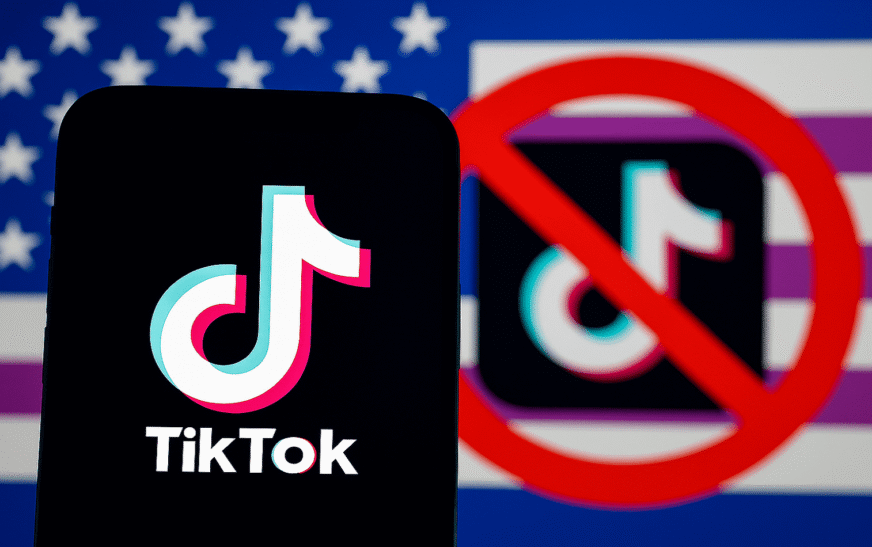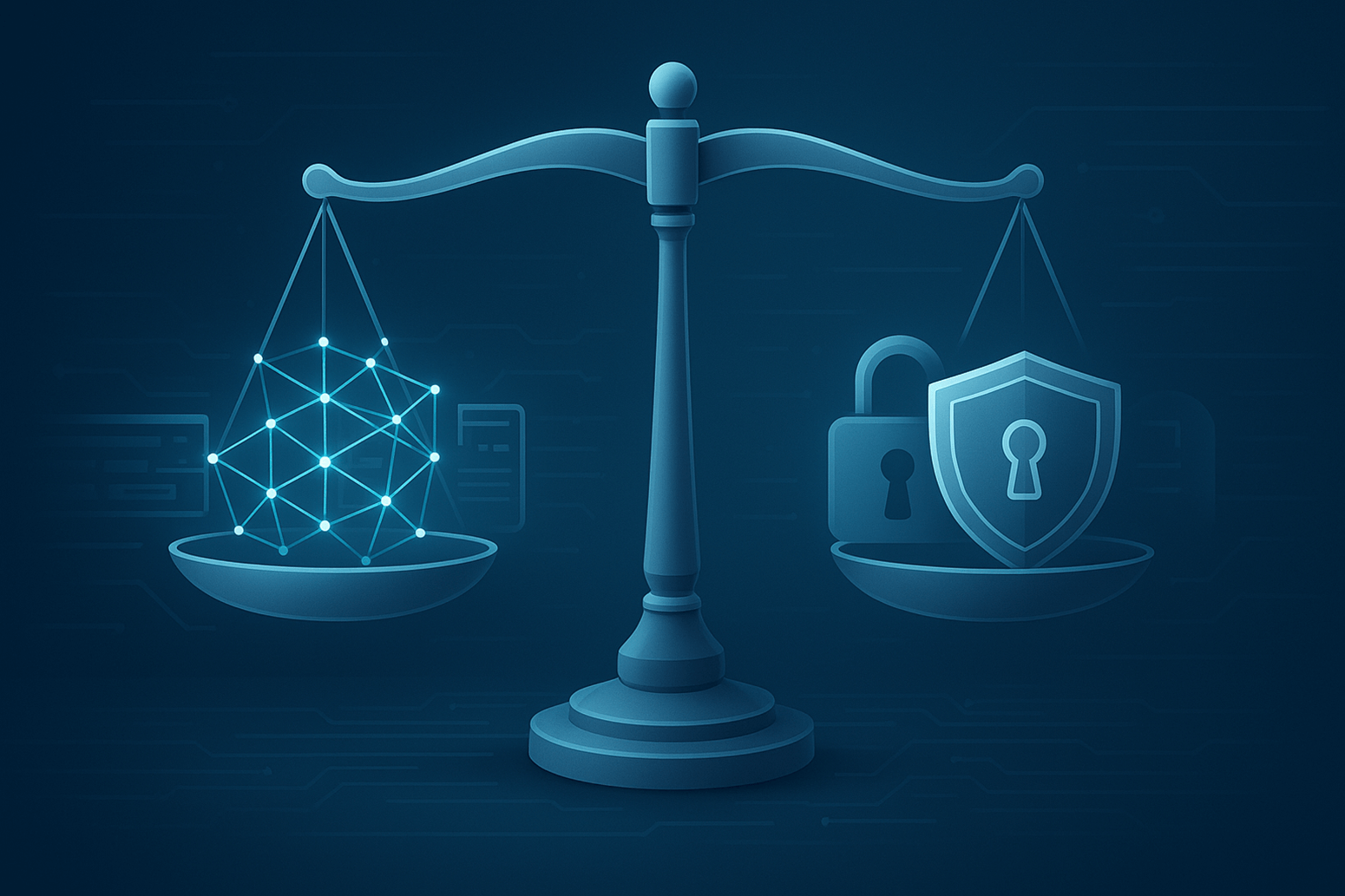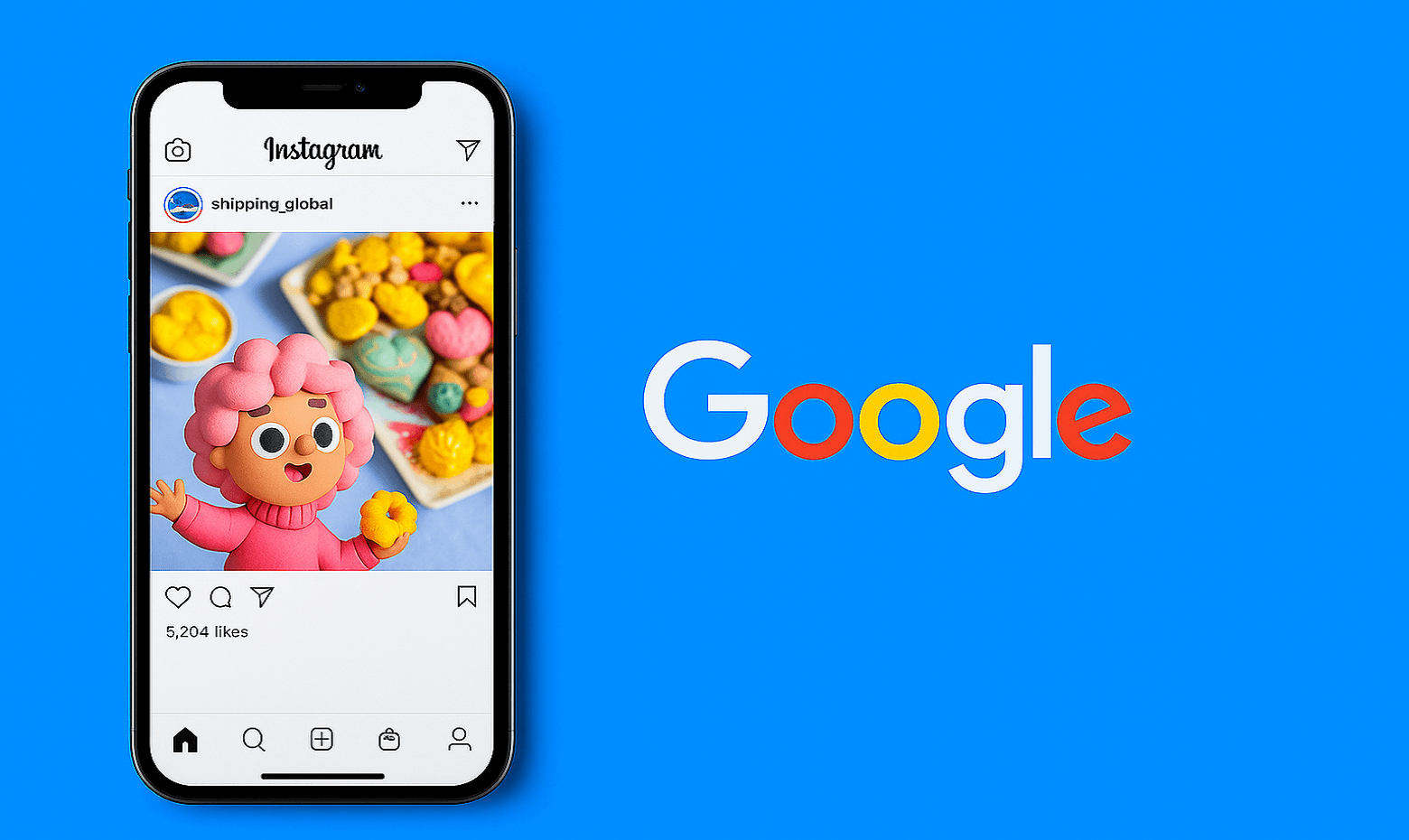For over three years, the question of whether TikTok will be banned in the United States has been a topic of heated debate, political controversy and legal wrangling. But now, in 2025, it finally feels like a decision is near and one way or another, the clock is ticking.
The U.S. government has taken several steps toward either banning or forcing the sale of TikTok’s American operations. The short-form video app is facing an existential crisis as it prepares to launch in the United States, with a fixed deadline of September 17, 2025 business or be shut out. Let’s break down everything you need to know.
The Root of the Ban: A National Security Concern
The roots of TikTok’s troubles in the United States go back to growing concerns over its Chinese ownership. The app is operated by ByteDance, a Beijing‑based tech company. Lawmakers from both sides of the aisle have argued that TikTok could allow the Chinese government to access sensitive user data, manipulate content or influence American public opinion.
In April 2024, the Protecting Americans from Foreign Adversary Controlled Applications Act (PAFACA) was approved by Congress in response. This law gave ByteDance a clear ultimatum divest TikTok’s U.S. operations by January 19, 2025 or risk being prohibited from the US market.
TikTok challenged the law in court, citing First Amendment concerns and alleging that the legislation unfairly targets a single company. Their lower‑court injunction requests were denied and they are continuing to press those claims while the divest‑or‑ban clock ticks down.
Extensions Keep TikTok Afloat After Missing the January Deadline
After ByteDance failed to divest TikTok’s U.S. arm by the original January 19, 2025 cutoff under PAFACA, the app narrowly avoided an immediate ban thanks to a series of presidential extensions. On January 20, 2025, President Donald Trump signed a 75‑day executive‑order reprieve, pushing enforcement into early April. As that window closed, a second 75‑day delay was issued on April 4, 2025 extending the deadline to June 19.
Finally, on June 19, 2025, Donlad Trump granted a third and so far final extension of 90 days, moving the hard cutoff to September 17, 2025. Throughout these reprieves, TikTok has remained fully available in the U.S., with Apple and Google restoring the app to their stores after receiving assurances from the White House. U.S. officials have warned lawmakers that no further extensions are expected, underscoring that September 17, 2025 is the firm enforcement point.
Creators and users are now bracing for potential disruptions and are advised to back up their content in advance of any market changes.
A Deal in the Making: Who Will Buy TikTok?
Behind the scenes, a lot of work is being done to make sure TikTok survives in the United States, albeit with a new owner. A group of non‑Chinese ByteDance investors led by Susquehanna International Group, General Atlantic and KKR are front‑runners, with Oracle playing a crucial role through its “Project Texas” data‑security partnership.

According to reports, Oracle has been deeply involved with TikTok already through “Project Texas” a partnership that ensures U.S. user data is stored on American soil and handled securely. This existing relationship may make Oracle the most likely candidate to lead a buyout.
There are also competing bids from Andreessen Horowitz, private‑equity firm Blackstone and media star Jimmy “MrBeast” Donaldson, though none of these have yet closed. However, none of those possibilities have materialized into solid deals yet.
The challenge here isn’t just about selling TikTok. It’s about satisfying both U.S. and Chinese governments and that’s proving to be tricky. Under Chinese law, ByteDance needs permission to transfer key algorithm technology to another country a request that could be blocked.
TikTok’s Plan B: Launching “M2” in the U.S.
Perhaps anticipating these challenges, TikTok has been quietly working on another strategy creating a separate U.S. version of the app.
Known internally as “M2,” this new version of TikTok is reportedly being built from the ground up to comply with American regulations and reduce dependency on ByteDance’s international infrastructure. The goal? To offer the same user experience, but through a version of the app that can be legally operated under U.S. control.
According to Reuters (via The Information), M2 is expected to launch on or around September 5, 2025 just 12 days before the divest-or-ban deadline. If the sale isn’t finalized by then, M2 could serve as a fallback option that allows TikTok to maintain a presence in the U.S.
Still, the M2 rollout raises some questions:
- Will users seamlessly move over to the new app?
- Can M2 function without ByteDance’s core algorithm?
- Will regulators accept this solution?
Those questions don’t yet have clear answers, but one thing is sure TikTok is preparing for multiple scenarios.
What Happens on September 17?
If a deal is reached and approved by both the U.S. and Chinese governments, TikTok will continue operating under new ownership. The transition may be bumpy, but the app would survive in the U.S. If not, the U.S. government is expected to order Apple, Google and other platforms to remove TikTok from their app stores, as authorized under the Protecting Americans from Foreign Adversary Controlled Applications Act (PAFACA).
This wouldn’t immediately delete the app from existing users’ phones, but it would block future updates, new downloads and could result in a full shutdown by early 2026 as services degrade and security concerns increase.
In other words, September 17 marks the point of no return.
Why This Ban Matters (Even Beyond TikTok)
TikTok’s fate in the U.S. isn’t just about one app. It sets a precedent for how the U.S. will deal with other foreign-owned technology companies in the future.
If ByteDance is forced to sell TikTok, other apps with Chinese ties like WeChat or Temu could face similar scrutiny in the future, although nothing has been confirmed yet. On the other hand, if TikTok finds a way to remain in operation without being sold, it could become a model for balancing security concerns with global business practices.
Additionally, this is a time of reckoning for international regulation, tech sovereignty and digital free expression. The result will have an impact on several industries and may influence how other nations handle comparable applications domestically.
What Should TikTok Users Do Now?
The most crucial thing for American TikTok creators and fans is to be informed. Although the app is now fully functioning and accessible, things might swiftly change as the deadline of September 17, 2025, draws near.
Here’s what you can do to prepare:
- Back up your content regularly in case of disruption. Save your videos to your device or cloud storage so you don’t risk losing them.
- Follow trusted news sources like Reuters, The Verge or Bloomberg for the latest updates on TikTok’s legal and political situation.
- Watch for the launch of TikTok’s new “M2” version, expected around September 5. This version is made in accordance with U.S. regulations and could replace the current app if a sale doesn’t happen.
If no agreement is reached, TikTok can be taken off app stores or continue to operate under new ownership. In any case, avoiding surprises may be achieved by being vigilant and organized.
Final Thoughts: Is This the End?
The future of TikTok in the US is about to take a big turn. With the September 17 deadline drawing near and no confirmed sale yet, the platform’s presence on American devices could change dramatically. Whether TikTok is sold, replaced by its U.S. compliant “M2” version or removed from app stores altogether, one thing is certain this decision will have long-lasting implications for tech policy, user data security and digital expression. Staying educated, protecting your work and being ready for any situation are the best courses of action for both producers and users right now.
This event is more than simply the end of a platform it shows how the digital world is becoming increasingly tense between new ideas and rules. What happens with TikTok might have a big impact on how applications are run in the U.S. and throughout the world in the future.












